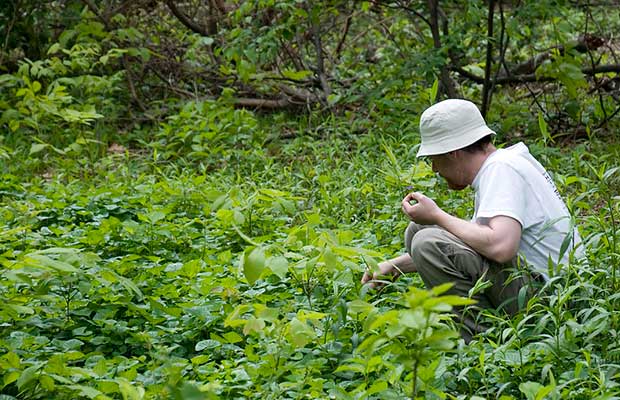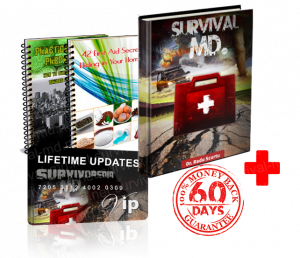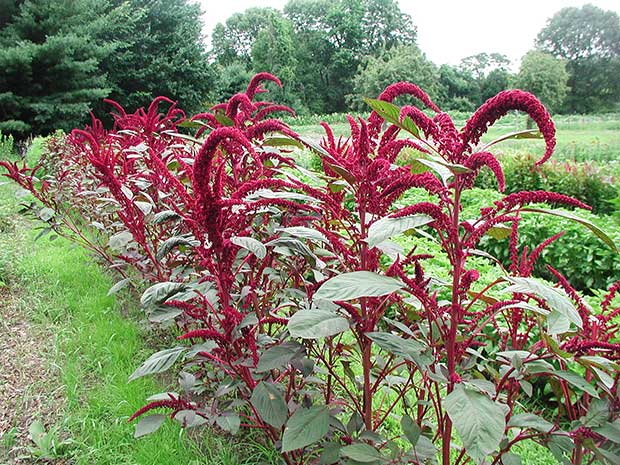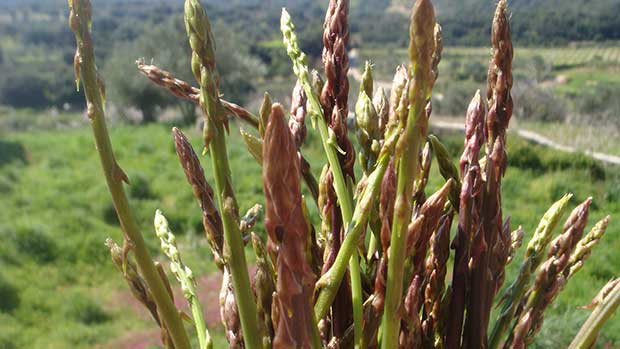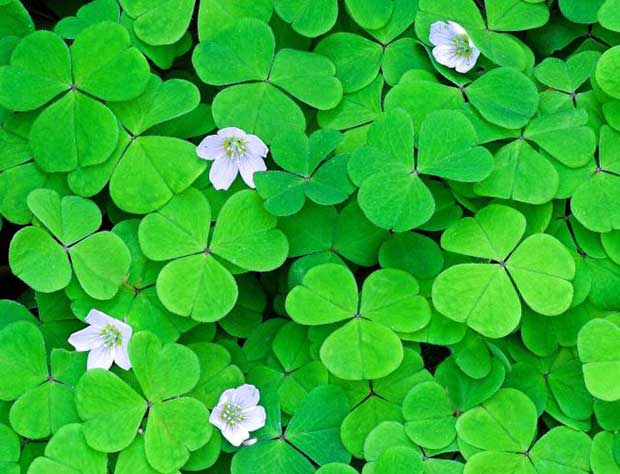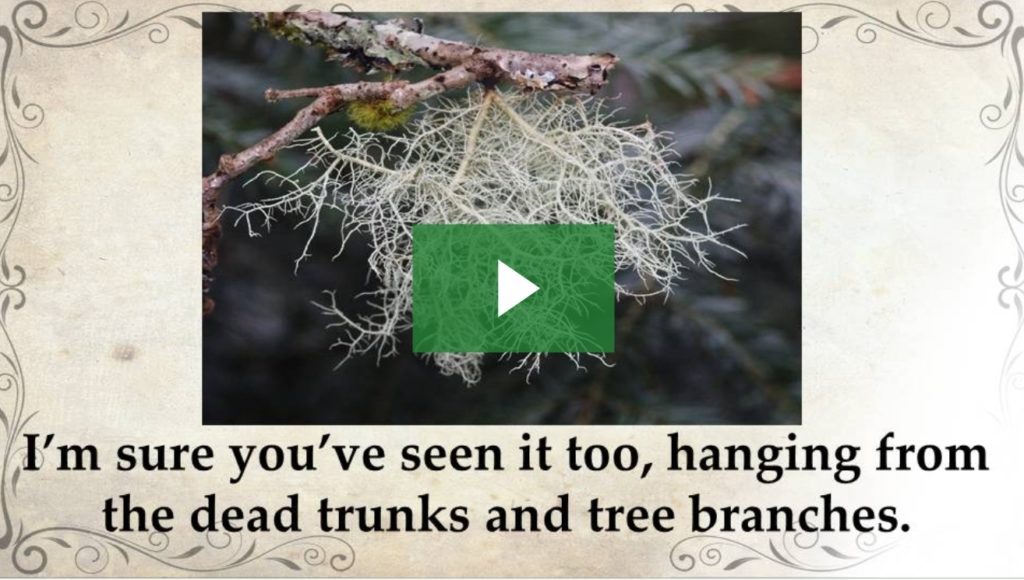Sometimes, you have to think outside of the freeze-dried food paradigm. You may find yourself in the woods forced to run from your home or camp because of marauders with nothing to eat. Fortunately, there are many edible plants that can save your life if you know what they are, how to identify them and are comfortable with preparing them.
There are a lot of very recognizable plants you can eat like strawberries, blueberries, blackberries and so on, but I didn’t want to add those to the list.
Plants to avoid
Before you grab a good book on edible plants and run out into the woods with a bowl and a fork, you should practice some caution with this process. Not all plants are edible and knowing what not to eat is just as important as knowing what to eat. Before you forage, here are some simple rules to follow when you are trying to identify a plant.
Do not eat any plants that have the following traits
- Milky or discolored sap
- Grain heads with purple/pink or black spurs
- Beans, bulbs or seeds inside pods
- Yellow, white or red berries
- Soapy or bitter taste
- Never eat plants with thorns.
- Steer clear of plants with shiny leaves.
- Don’t eat mushrooms. Many are safe to eat, but many are highly toxic and even deadly, so it’s not worth the risk.
- Umbrella-shaped flowers are a bad sign. Stay away from these plants.
- Avoid anything that smells like almonds.
- Same as poison ivy, stay away from plants with leaves in groups of three.
Before venturing out into the woods to forage for edible plants, it makes sense to have a guide.
In addition to avoiding all of those traits, you want to forage for wild edible plants in areas that are less likely to have toxins. Plants growing near homes could have been sprayed many times with chemicals. Plants in water that is contaminated will likely hold that same contamination. Plants by the road will have picked up many harmful chemicals and pollution.
Before eating, use the Universal Edibility Test
Before taking the test, you need to fast for 8 hours. If you are desperate enough to need to find edible plants, this might be already the case.
- Test only one part of a potential food plant at a time.
- Separate the plant into its basic components – leaves, stems, roots, buds and flowers
- Smell the food for strong or acid odors. Remember, smell alone does not indicate if a plant is edible or not.
- During the 8 hours you are fasting, test for contact poisoning by placing a piece of the plant part you are testing on the inside of your elbow or wrist. Usually 15 minutes is enough time to get a reaction if there is going to be one.
- During the test period, take nothing by mouth except purified water and that plant part you are testing.
- Select a small portion of a single part and prepare it the way you plan to eat it.
- Before placing the prepared plant part in your mouth, touch a small portion (a pinch) to the outer surface of your lip to test for burning or itching.
- If after 3 minutes there is no reaction on your lip, place the plant part on your tongue and hold it there for 15 minutes. DO NOT SWALLOW.
- If there is no burning, itching, numbing, stinging , or any other irritation, swallow the plant part.
- Wait 8 hours. If any ill effects occur during this period, induce vomiting and drink a lot of water.
- If no ill effects occur, each ¼ cup of the same plant part prepared the same way. Wait another 8 hours. If everything is still good after all of these steps, the plant is considered edible.
Note: Just because the part you tested is edible, that doesn’t mean the entire plant is edible. Test all parts the same way before eating them.
List of Edible Plants
Amaranth (Amaranthus retroflexus and other species)
Asparagus (Asparagus officinalis)
Burdock (Arctium lappa)
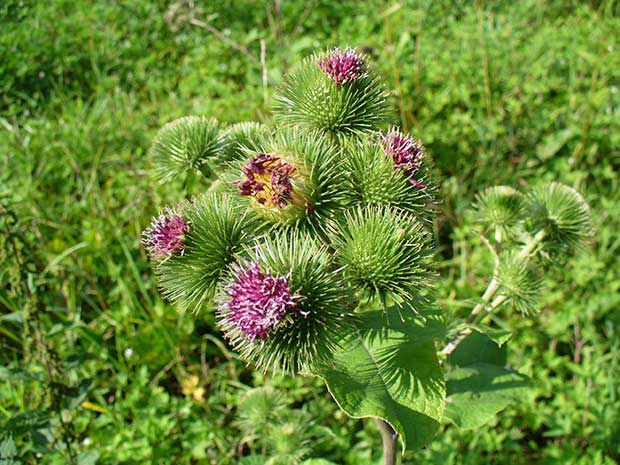 Young plant roots and stems can be cooked by boiling for about 20 minutes, then season to taste. Before cooking however, the stems should be peeled, and roots scrubbed in order to remove the bitter rind.
Young plant roots and stems can be cooked by boiling for about 20 minutes, then season to taste. Before cooking however, the stems should be peeled, and roots scrubbed in order to remove the bitter rind.
Cattail (Typha species)
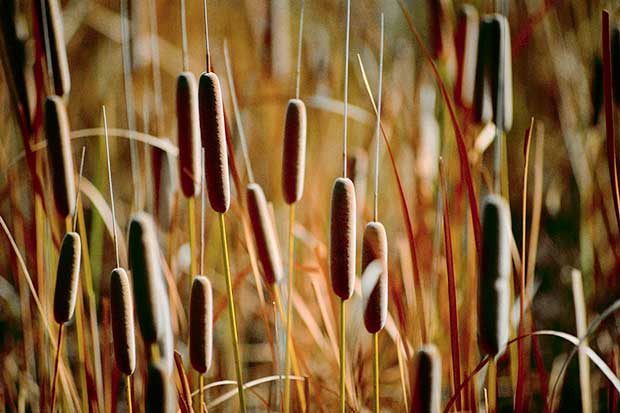 The lower parts of the leaves can be used in a salad; the young stems can be eaten raw or boiled; the young flowers (cattails) can be roasted.
The lower parts of the leaves can be used in a salad; the young stems can be eaten raw or boiled; the young flowers (cattails) can be roasted.
Clover (Trifolium)
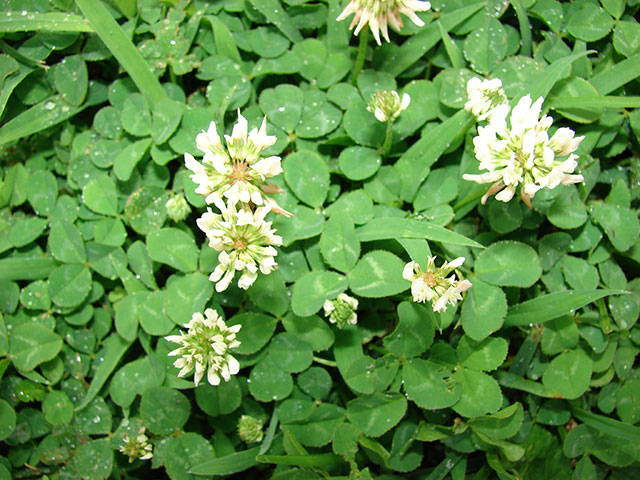 I have never been able to find a four-leaf clover but you can’t walk out in my back yard without stepping on this plant. You can eat the leaves raw or boil them.
I have never been able to find a four-leaf clover but you can’t walk out in my back yard without stepping on this plant. You can eat the leaves raw or boil them.
Chicory (Cichorium intybus)
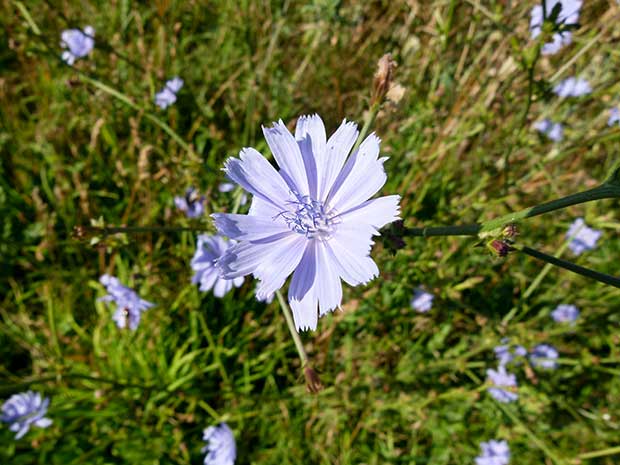 Leaves and root. Although the flower is edible, it is very bitter.
Leaves and root. Although the flower is edible, it is very bitter.
Chickweed (Stekkarua media)
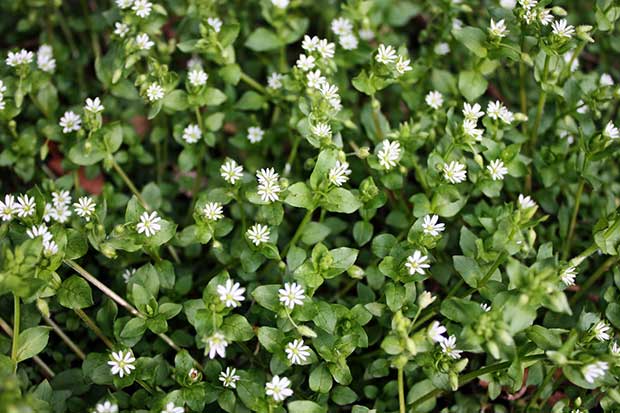 Chickweed is a very nutritious herb, containing Vitamins A, B1, B2, B3, C, E along with Calcium, Copper, Iron, Magnesium, Manganese, Phosphorous, Potassium, Selenium, Silicon, Sodium, Sulfur and Zinc plus essential fatty acids. It can be eaten as a salad vegetable or cooked and eaten like cabbage.
Chickweed is a very nutritious herb, containing Vitamins A, B1, B2, B3, C, E along with Calcium, Copper, Iron, Magnesium, Manganese, Phosphorous, Potassium, Selenium, Silicon, Sodium, Sulfur and Zinc plus essential fatty acids. It can be eaten as a salad vegetable or cooked and eaten like cabbage.
Dandelion (Taraxacum officinale)
 Dandelion leaves can be added to a salad or cooked. They can also be dried and stored for the winter or blanched and frozen.
Dandelion leaves can be added to a salad or cooked. They can also be dried and stored for the winter or blanched and frozen.
Persimmon (Diospyros virginiana)
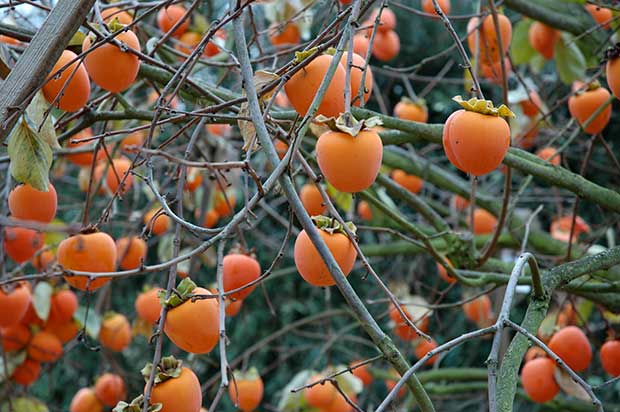 Persimmons are rich in vitamins A and B, and are a good source of fiber. To get the most nutritional value from persimmons, it’s best to eat them raw.
Persimmons are rich in vitamins A and B, and are a good source of fiber. To get the most nutritional value from persimmons, it’s best to eat them raw.
Plantain (Plantago species)
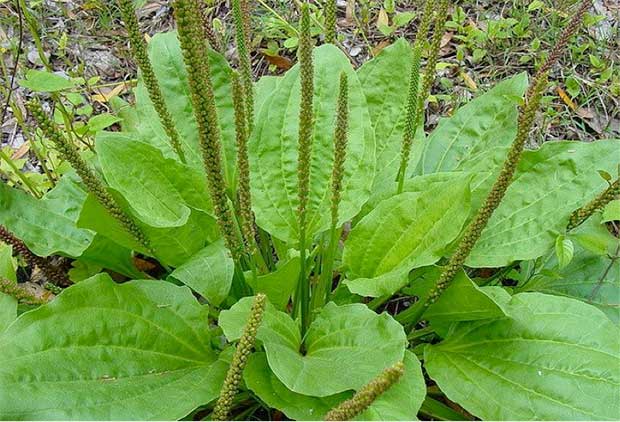 The leaves can be eaten raw or steamed for a spinach substitute, and are awesome raw in salads and blended into green smoothies, especially the younger ones as the mature leaves may taste slightly bitter.
The leaves can be eaten raw or steamed for a spinach substitute, and are awesome raw in salads and blended into green smoothies, especially the younger ones as the mature leaves may taste slightly bitter.
Pokeweed (Phytolacca americana)
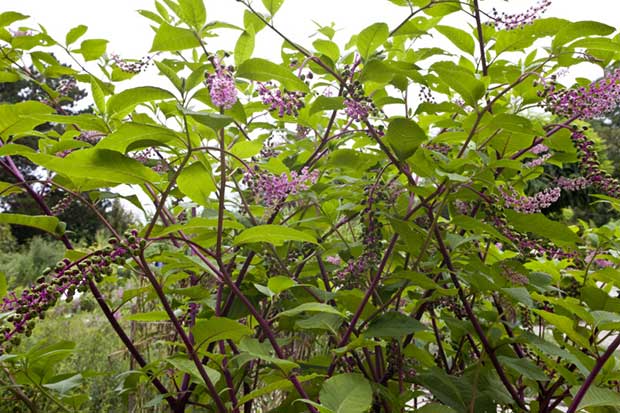 Pokeweed can be poisonous if not prepared carefully. You have to ensure you don’t get the roots and the shoots aren’t too long. Make sure you learn more about the proper cultivation and preparation of this plant before eating it.
Pokeweed can be poisonous if not prepared carefully. You have to ensure you don’t get the roots and the shoots aren’t too long. Make sure you learn more about the proper cultivation and preparation of this plant before eating it.
Prickly pear cactus (Opuntia species)
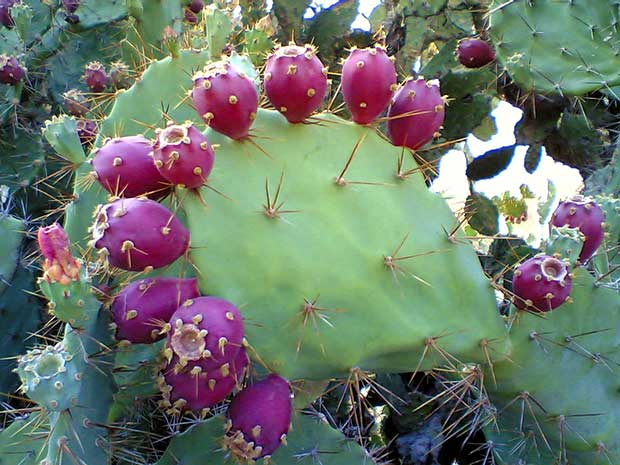 Both the pads and the fruit of the prickly pear cactus are edible.
Both the pads and the fruit of the prickly pear cactus are edible.
Purslane (Portulaca oleracea)
 The moisture-rich leaves are cucumber-crisp, and have a tart, almost lemony tang with a peppery kick.
The moisture-rich leaves are cucumber-crisp, and have a tart, almost lemony tang with a peppery kick.
Sassafras (Sassafras albidum)
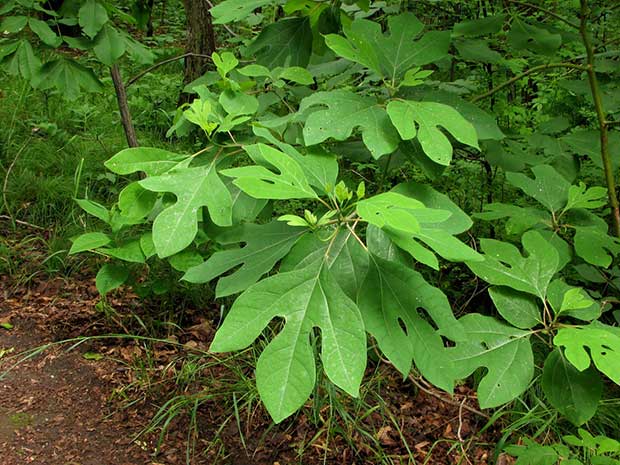 The leaves of Sassafras texture and can be used raw or cooked in salads or eaten right off the plant, unlike the berries, the leaves have a mild pleasant taste.
The leaves of Sassafras texture and can be used raw or cooked in salads or eaten right off the plant, unlike the berries, the leaves have a mild pleasant taste.
Sheep sorrel (Rumex acetosella)
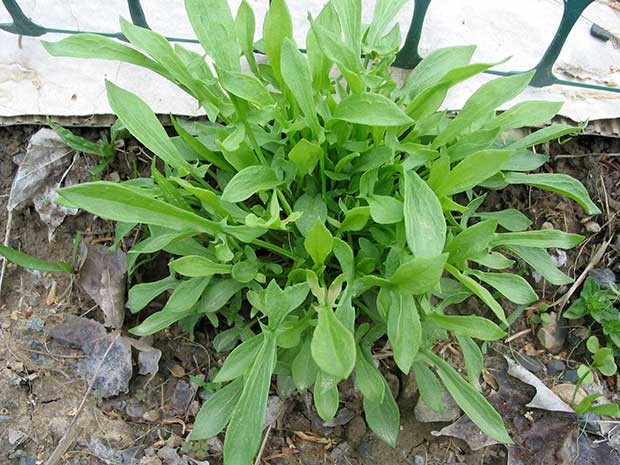 You can use the leaves in salad, or make into soup.
You can use the leaves in salad, or make into soup.
Thistle (Cirsium species)
 Flower head shown: Just strip the green off the leaf leaving the very edible midrib. Rub the “wool” off and enjoy, raw or cooked.
Flower head shown: Just strip the green off the leaf leaving the very edible midrib. Rub the “wool” off and enjoy, raw or cooked.
Water lily and lotus (Nuphar, Nelumbo, and other species)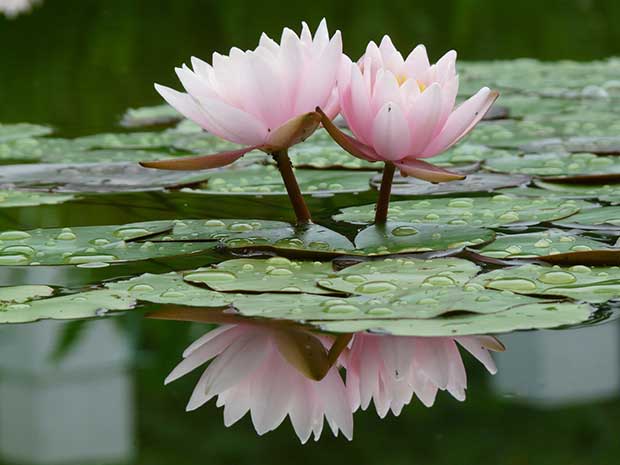 Leaves gathered anytime during the growing season (although, again, early spring growth is best of all) make good greens. Chop the pads into noodle-like strips and boil them in one change of water. The addition of a little bacon doesn’t hurt a thing.
Leaves gathered anytime during the growing season (although, again, early spring growth is best of all) make good greens. Chop the pads into noodle-like strips and boil them in one change of water. The addition of a little bacon doesn’t hurt a thing.
Wild onion and garlic (Allium species)
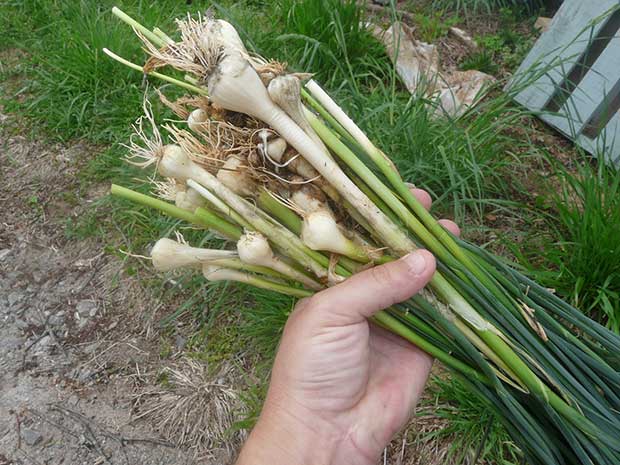 All parts of this particular Wild Onion are edible, the underground bulbs, the long and thin leaves.
All parts of this particular Wild Onion are edible, the underground bulbs, the long and thin leaves.
Wild rose (Rosa species)
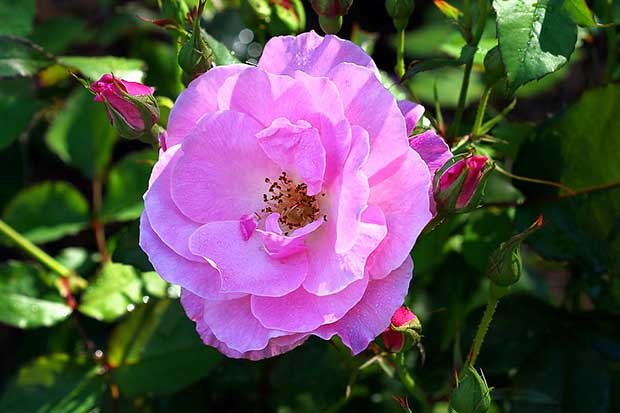 Petals can be added to salads , desserts, beverages, used to make jelly or jam and be candied.
Petals can be added to salads , desserts, beverages, used to make jelly or jam and be candied.
Wood sorrel (Oxalis species)
Now that you have some more information about the edible plants near you, why don’t you try eating some of these varieties the next time you go for a hike in the woods. Any wild edible plants that you eat that didn’t make the list?
by Pat Henry

